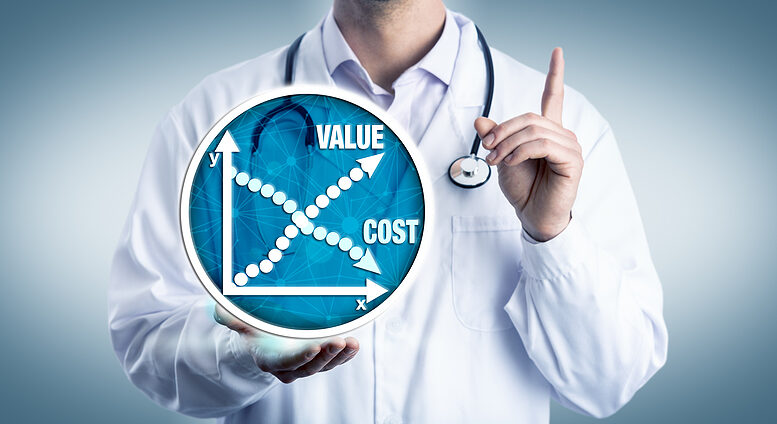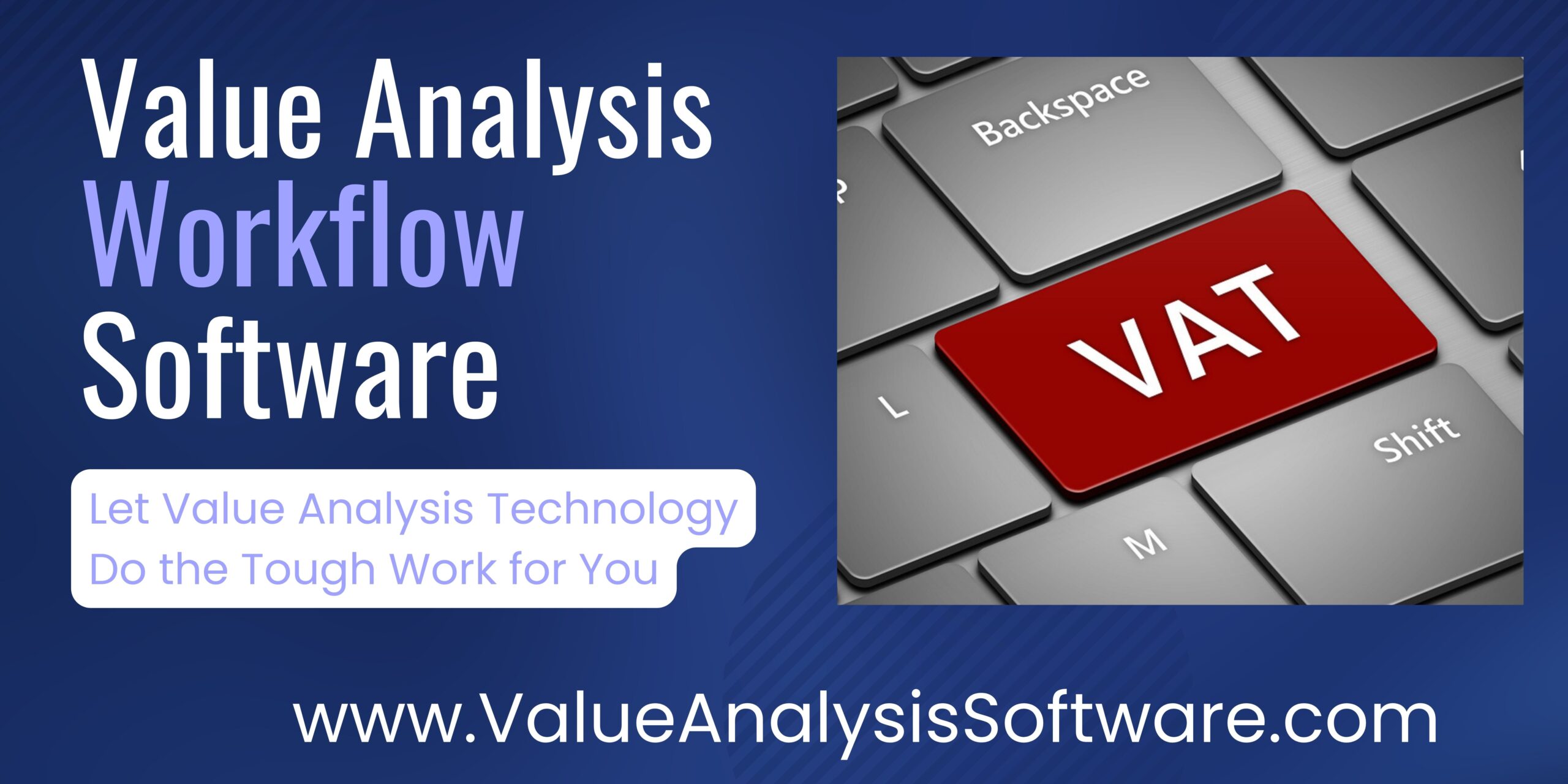We’ve all seen the four Value/Cost and Risk graph quadrants. They are used in decision-making to measure the source of truth within Supply Chain Management.
Imagine a graph where the x-axis represents the cost, and the y-axis represents the value. Each point on the graph corresponds to a particular product or service the supply chain offers.
- Low Cost, Low Value: Products or services that are inexpensive to produce and offer limited value to the customer would appear in the bottom left quadrant. These are typically commodity items with high competition and low-profit margins.
- High Cost, Low Value: Items that are expensive to produce but do not offer corresponding value to the customer would be in the bottom right quadrant. These are often seen as overpriced or inefficient and are not sustainable in a competitive market.
- Low Cost, High Value: Products or services that are inexpensive to produce but offer high value to the customer would be in the top left quadrant. These are considered highly efficient and are likely to be market leaders due to their competitive pricing and high perceived value.
- High Cost, High Value: Items in the top right quadrant are expensive to produce but also offer high value. These could be premium products or services that justify their higher price with superior quality, brand reputation, or exclusive features.
The optimal balance is often found along the curve where the increase in cost corresponds to a proportional increase in value, known as the value curve. This curve represents the efficient frontier where any additional cost does not bring about a significant increase in value, and any decrease in cost does not significantly reduce the value.
Leveraging the Value Curve for Strategic Healthcare Supply Chain Excellence
In the intricate tapestry of healthcare supply chain management, the value curve emerges as a beacon, guiding us toward a harmonious balance between cost containment and value delivery. As a seasoned professional in this domain, I’ve observed firsthand the transformative power of strategic value optimization.
The value curve is not merely a graphical representation but a narrative that tells the story of efficiency, patient-centricity, and innovation. It charts the course for healthcare providers to navigate the complexities of cost management, while its true power lies in its ability to elevate the standard of care. By understanding and leveraging the value curve, we can truly make a difference in the lives of our patients.
In our relentless pursuit of excellence, we must embrace the value curve as a compass, steering our decisions toward outcomes that resonate with the core values of healthcare: compassion, quality, and accessibility. By meticulously aligning our supply chain strategies with the value curve, we can ensure that every decision we make and every action we take is a step toward enhancing patient outcomes, fostering clinical satisfaction, and sustaining the vitality of our healthcare systems. Your role in this process is crucial.
As we stand at the crossroads of cost and value, let us choose the path that leads to a future where healthcare supply chain management is synonymous with unparalleled value creation.
Balancing High Risk and Low Risk in Healthcare Supply Chain Management
Risk assessment is paramount in the intricate world of healthcare supply chain management. The dichotomy of high-risk and low-risk elements within the supply chain can significantly influence operational efficiency and patient care outcomes.
High-Risk Factors: These often include innovative medical technologies, sole-source critical drugs, and specialized surgical equipment. While they may offer substantial benefits regarding patient outcomes, they also carry risks related to availability, regulatory compliance, and cost volatility.
Low-Risk Factors: These are typically more stable and predictable elements such as generic pharmaceuticals, standard medical supplies, and bulk-purchased commodities. They usually involve established supply chains with multiple sources, ensuring consistent availability and competitive pricing.
A strategic approach to managing these risks involves a comprehensive understanding of the supply chain’s vulnerabilities and the potential shocks that could exploit these weaknesses. By categorizing supply chain components into high-risk and low-risk categories, healthcare providers can develop tailored strategies to mitigate risks. This includes diversifying suppliers, investing in predictive analytics, and fostering strong relationships with key partners.
Ultimately, the goal is to strike a balance that minimizes exposure to high-risk disruptions while leveraging the stability of low-risk supply chain elements. This balance is crucial for maintaining the continuity of care and the financial health of healthcare organizations.
Optimizing Value and Cost Through Strategic Risk Assessment in Supply Chain Management
In the multifaceted world of supply chain management, the interplay between value, cost, and risk assessment is pivotal. The goal is to deliver maximum value to the customer while effectively managing costs and mitigating risks.
Value is the perceived benefit of a product or service, encompassing quality, reliability, and brand reputation. It’s what drives customer satisfaction and loyalty.
Cost involves the expenses incurred throughout the supply chain, from procurement to delivery. Effective cost management ensures competitive pricing and maintains profitability.
Risk Assessment is the systematic process of identifying, analyzing, and responding to risk factors throughout the supply chain. It helps anticipate disruptions and formulate contingency plans to maintain continuity and efficiency.
A robust risk assessment framework enables organizations to quantify the impact of potential risks on both cost and value. By assessing the value chains of major products and mapping out the supply chain nodes, businesses can identify vulnerabilities and implement strategies to mitigate them. This proactive approach preserves value and controls costs, ensuring a resilient supply chain capable of withstanding various challenges.
The role of AI is pivotal, given that no single formula can address all facets of Supply Chain Management. The deployment of an interoperable platform that merges various data silos into a cohesive operating system is crucial for streamlining processes and boosting efficiency. This requires a solution that is both prompt and proactive, thus the need for a control tower.
Think about it.
Article By:
Tim Ingram, Sr. SME, Supply Chain Management, Paradigm Venture Group
Tim Ingram has had a remarkable 40-year career in supply chain management, which is marked by his visionary leadership and unwavering commitment to excellence. He has led operations in over 22 hospital systems, setting new benchmarks for success through his strategic guidance and operational skills.
Tim has demonstrated exceptional leadership through team building, achieving national benchmark results, and inspiring his teams to deliver outstanding operational outcomes within the healthcare supply chain.
His expertise in strategic sourcing, contract management, and compliance has been pivotal in his roles. Tim’s ability to exceed performance indicators has led to repeated recognition and rewards from his leadership teams for his exceptional contributions.
He is the Sr. Subject Matter Expert in Supply Chain Management for Paradigm Venture Group.
Articles you may like:
Establishing a Pathway to Professional Accountability for the Specialty of Healthcare Value Analysis





